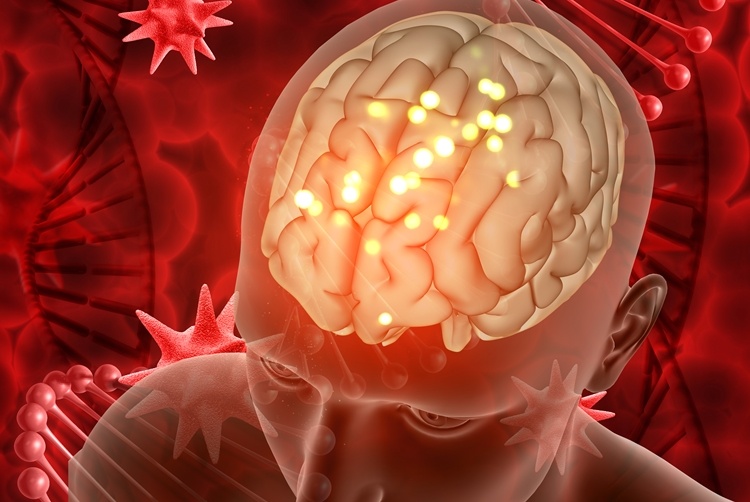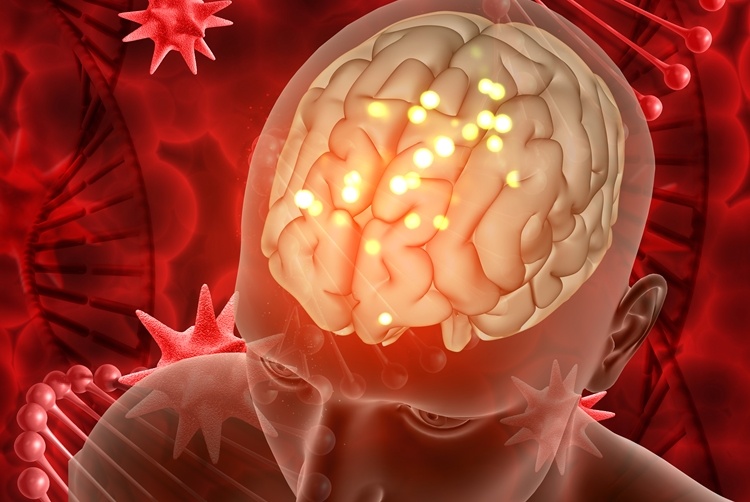
Researchers from UCLA have developed a new method to coax human stem cells into becoming sensory interneurons. This method could help them develop stem cell therapies that restore sensation in paralysed people.
Sensory interneurons are a type of neurone found in the spinal cord. They help to relay information from the body to the central nervous system and are essential for giving humans a sense of touch.
People who are paralysed often lose their sense of touch as their interneurons no longer function correctly. This can make life difficult for paralysed people, as they cannot feel the touch of other people. They also can’t feel pain, which is quite dangerous as they may cut or burn themselves without realising an injury has occurred.
The researchers involved in the study discovered that signals from a group of proteins called bone morphogenetic proteins (BMPs) had an effect on the develop of sensory interneurons in animal embryos.
They also found that adding BMP4 and a signalling molecule called retinoic acid to human embryonic cells produced a mixture of two sensory interneurons — DI1 and dI3. DI1 helps people understand where their body is in space and dI3 allows people to feel a sense of pressure.
The research team them applied the same process to human stem cells created from a patient’s skin cells. They found that it also produced the same sensory interneurons. Creating the interneurons in this way ensured that they were genetically compatible with the person they took them from. The sensory interneurons could then be transplanted back into the patient with no risk of rejection. Being able to use human stem cells directly from the patient also means no donor is required for the treatment.
The next step for researchers is creating one type of sensory interneuron at a time. This would make it easier to define the roles that each cell type plays in the human body and help them use the cells in clinical applications. They also have to learn how to create the other types of sensory interneurons.
These findings could lead to treatments that restore a sense of touch for millions of paralysed people around the world.
Source: Scientists coax human stem cells to become sensory interneurons
{{cta(‘d59882b5-74e2-4033-be94-d4c340e1978c’)}}


